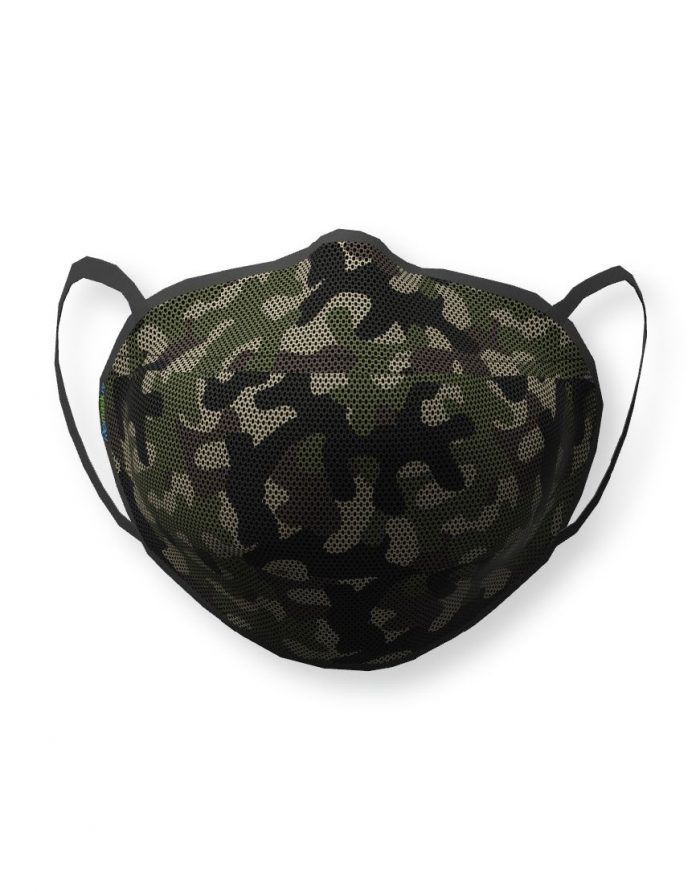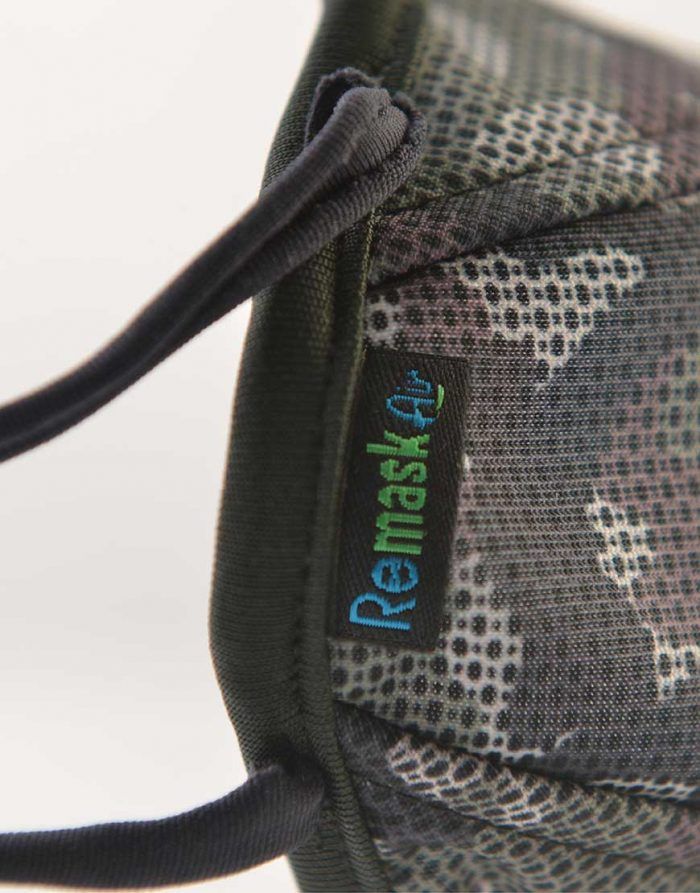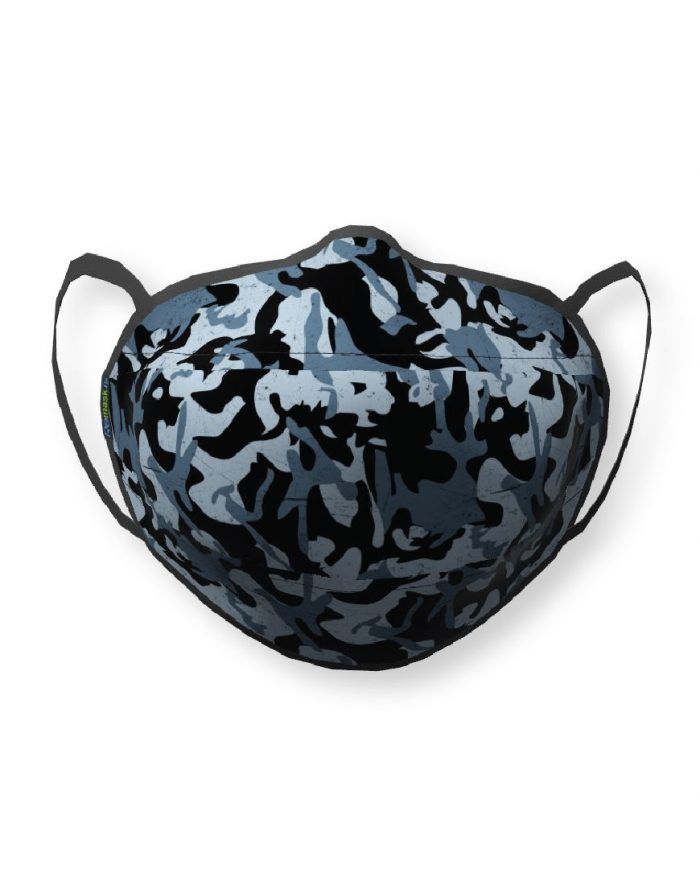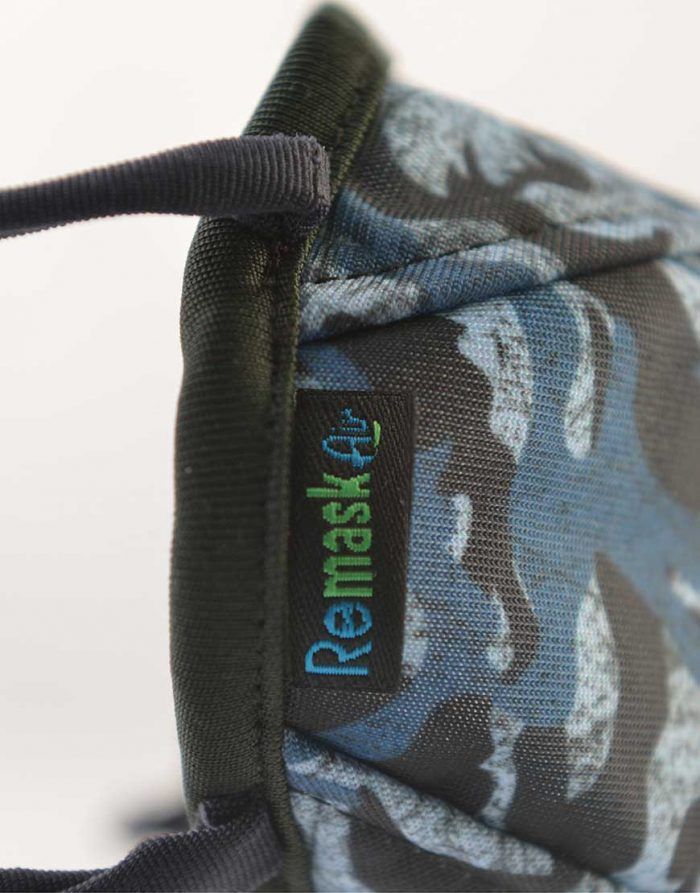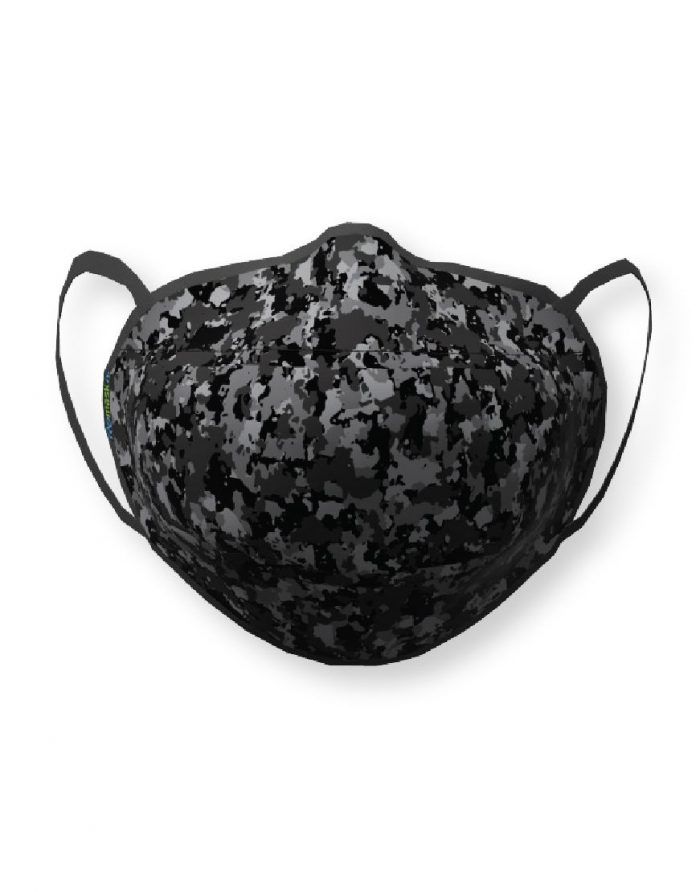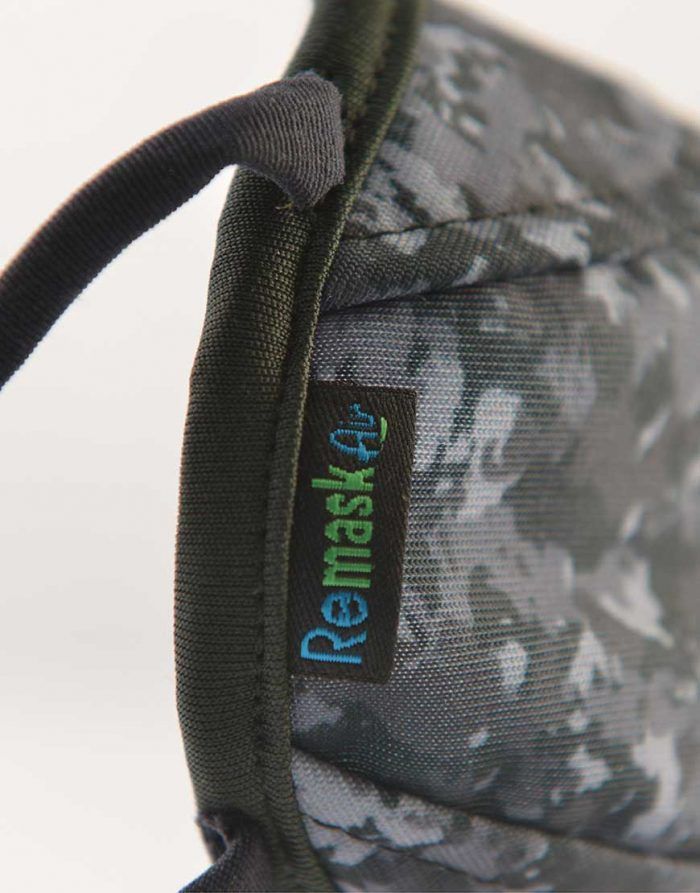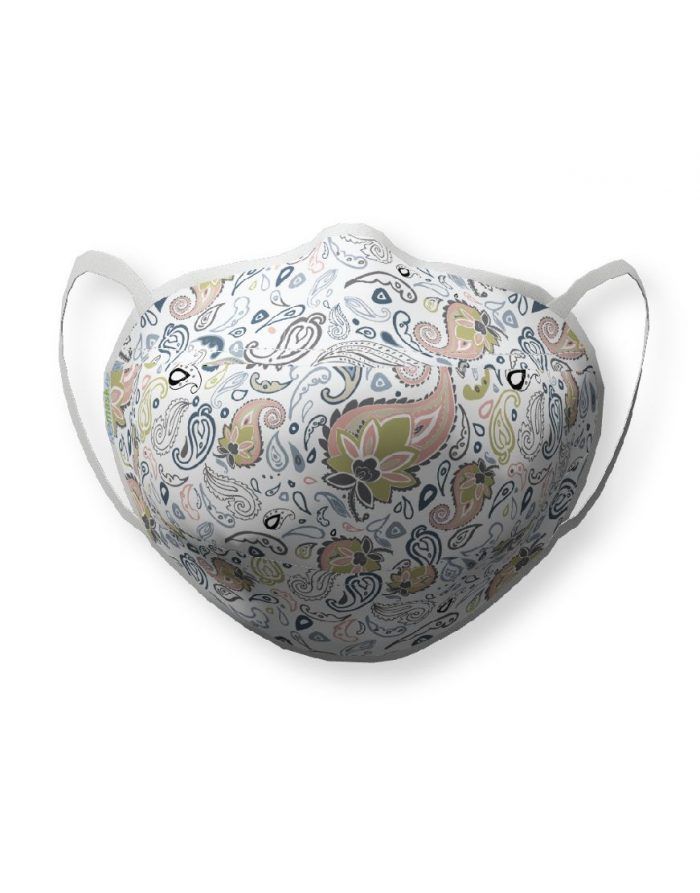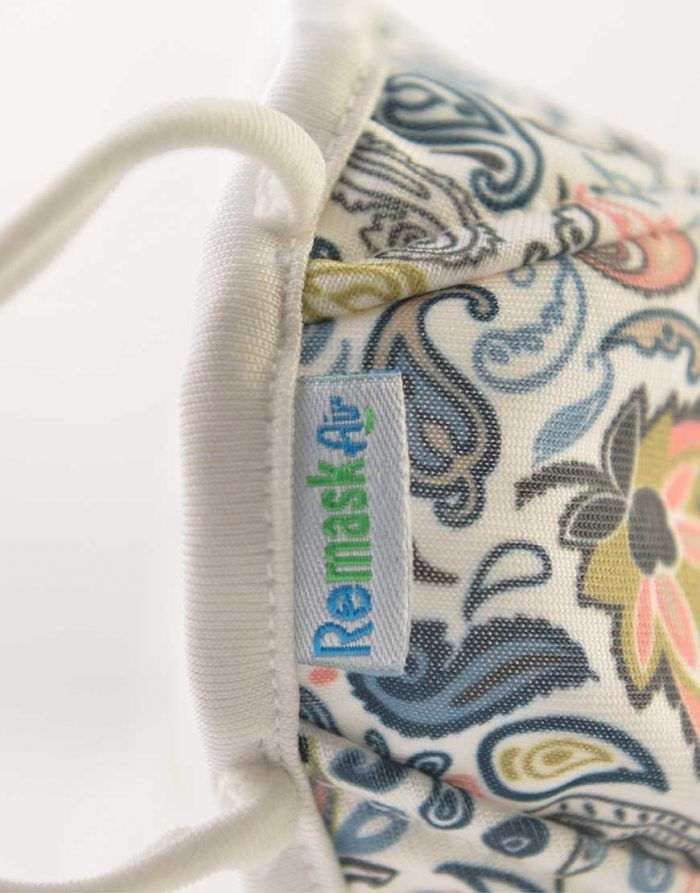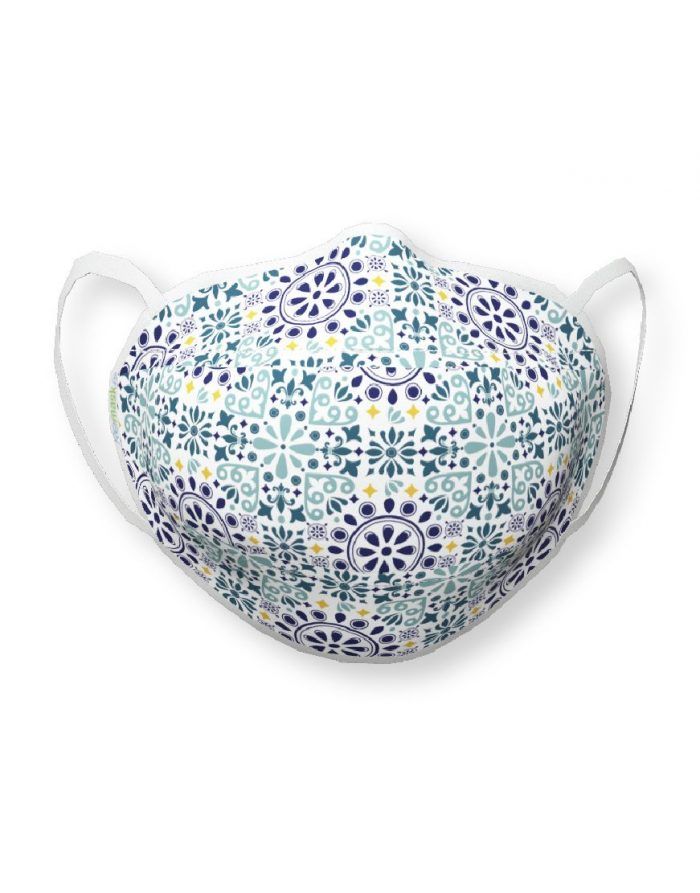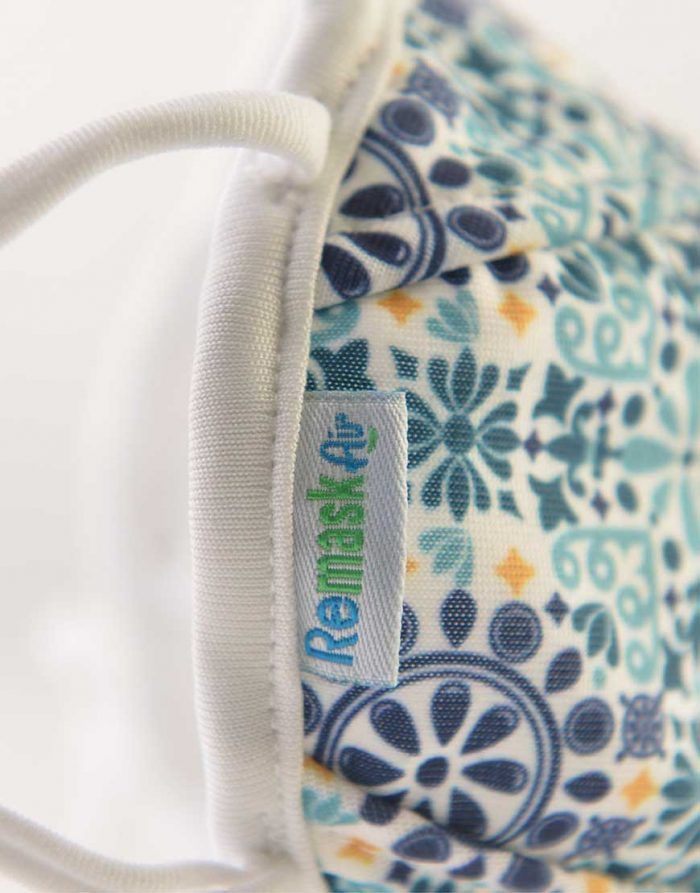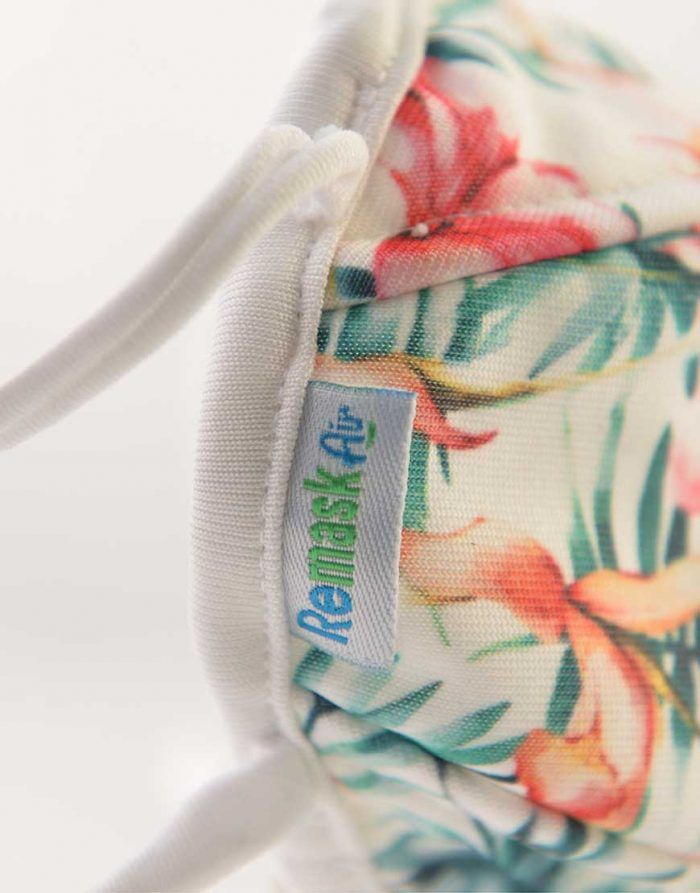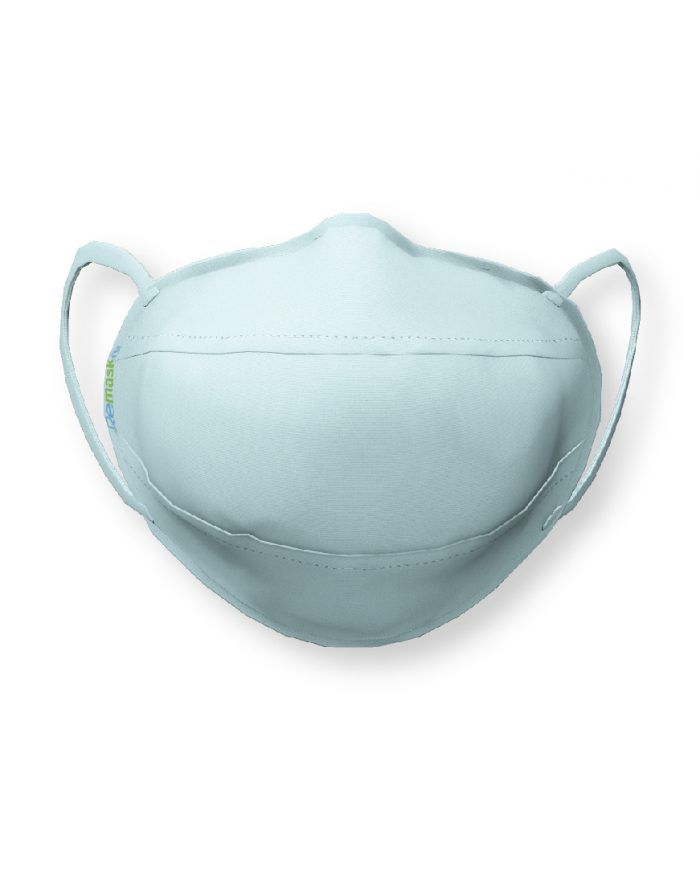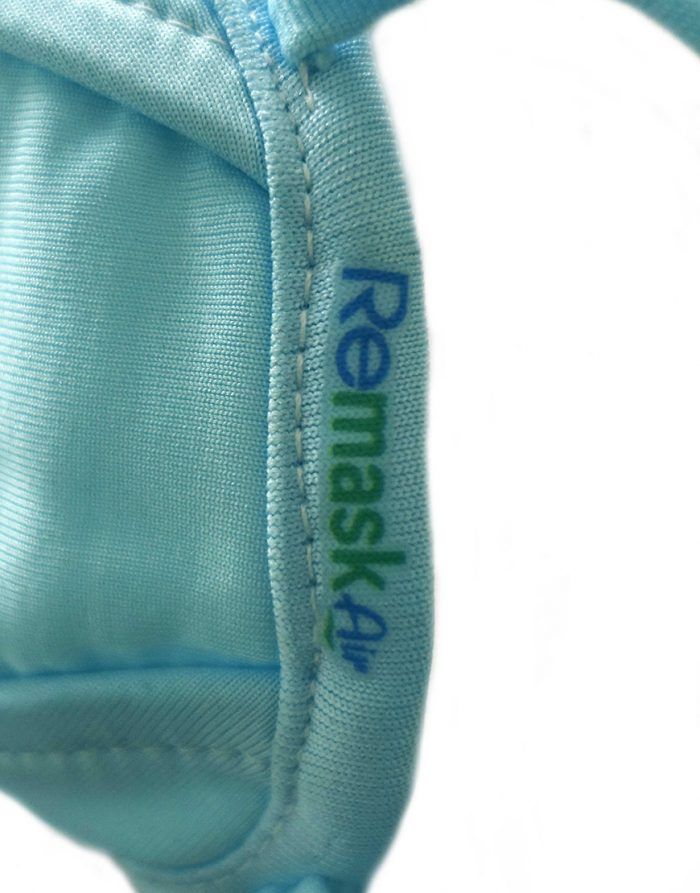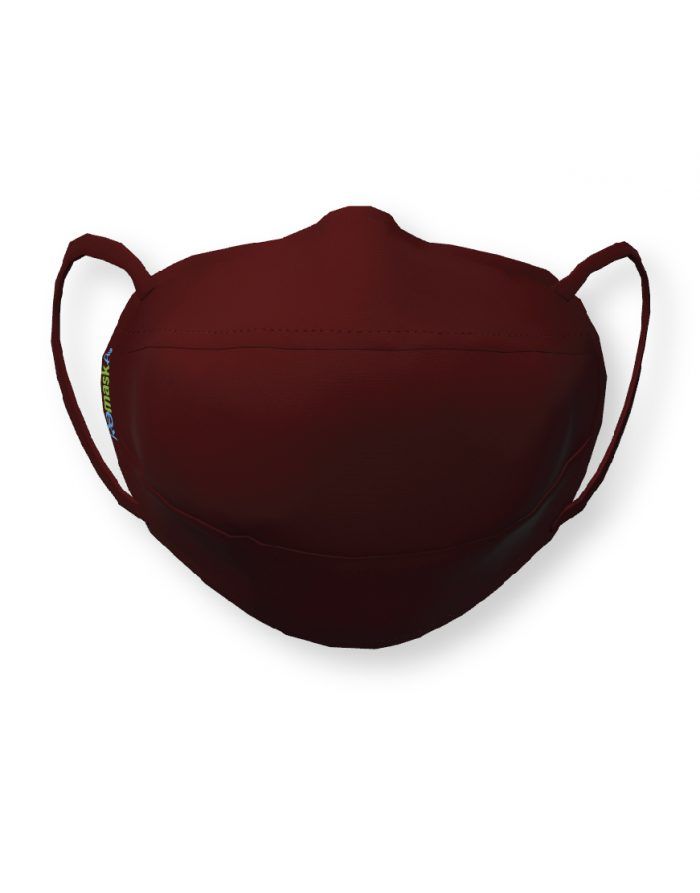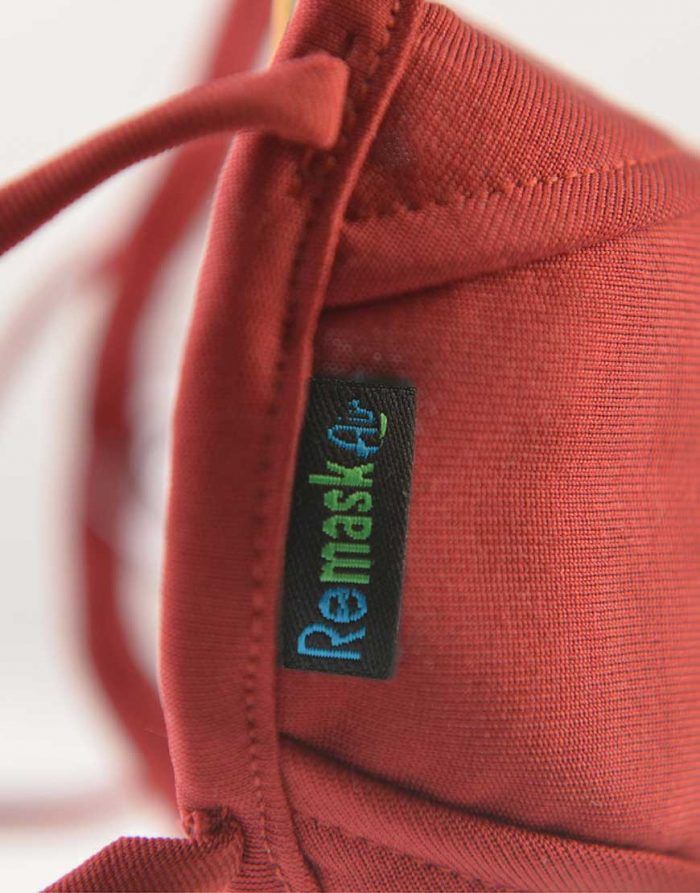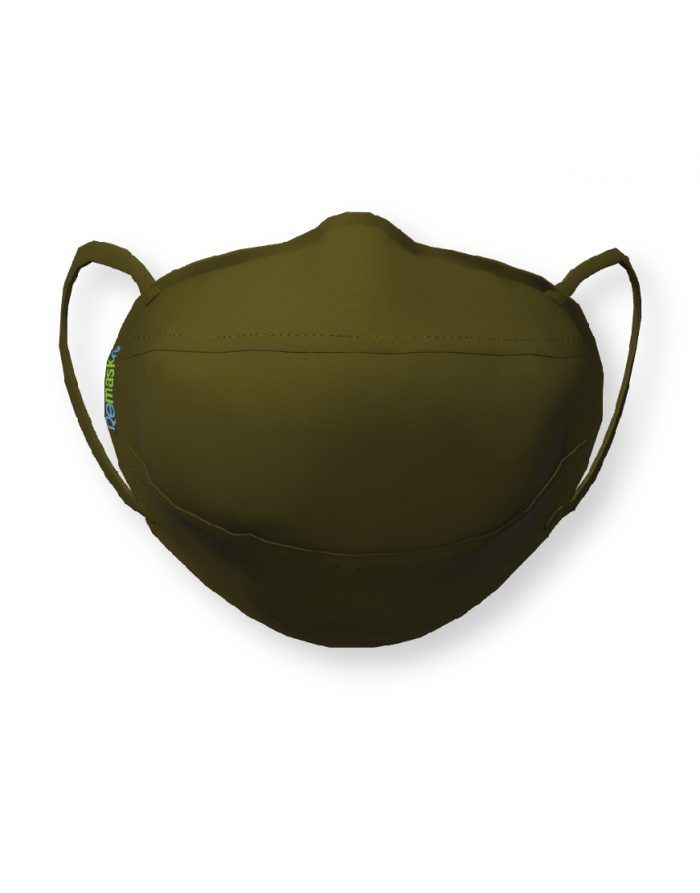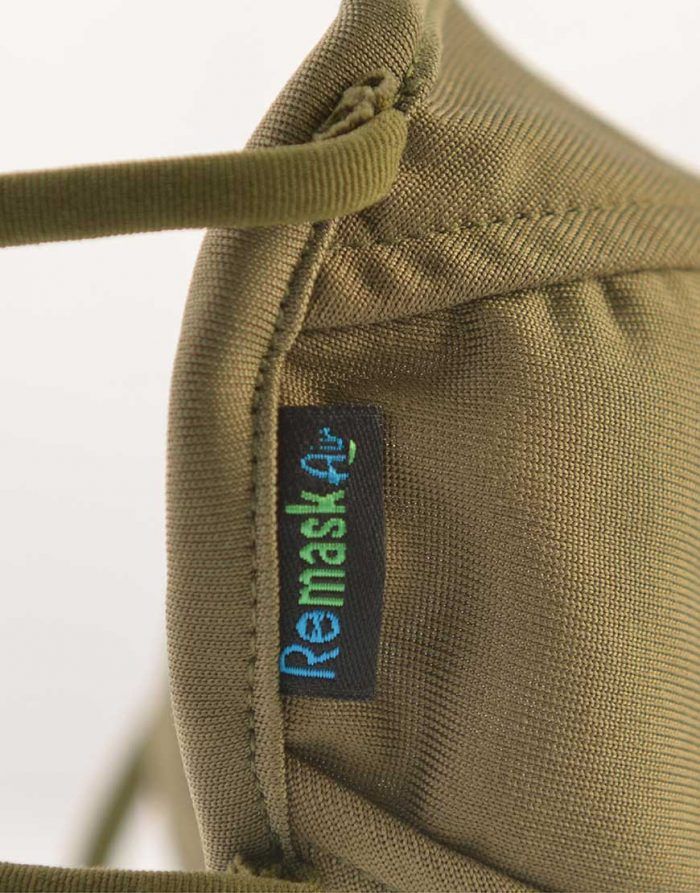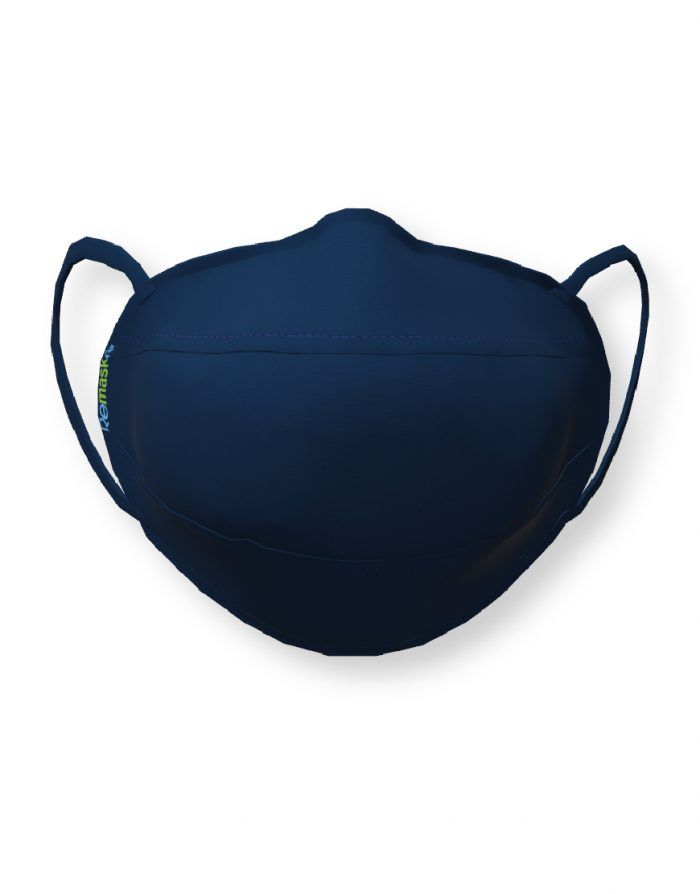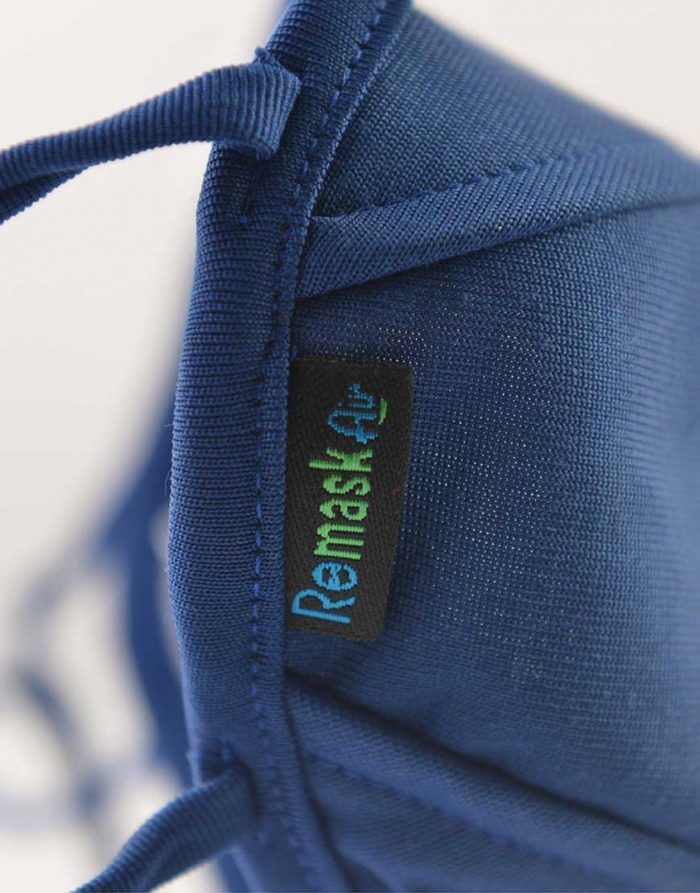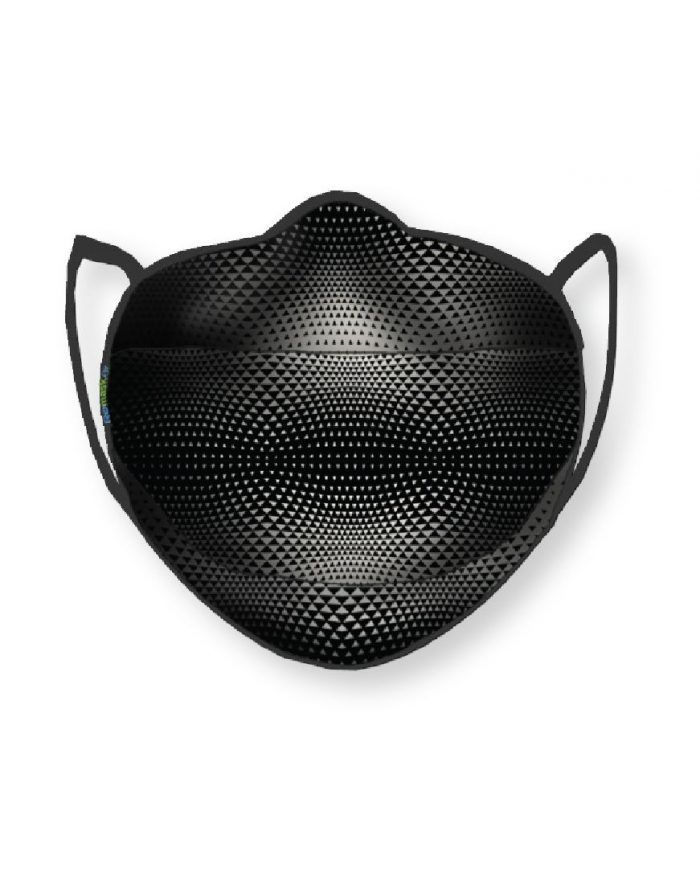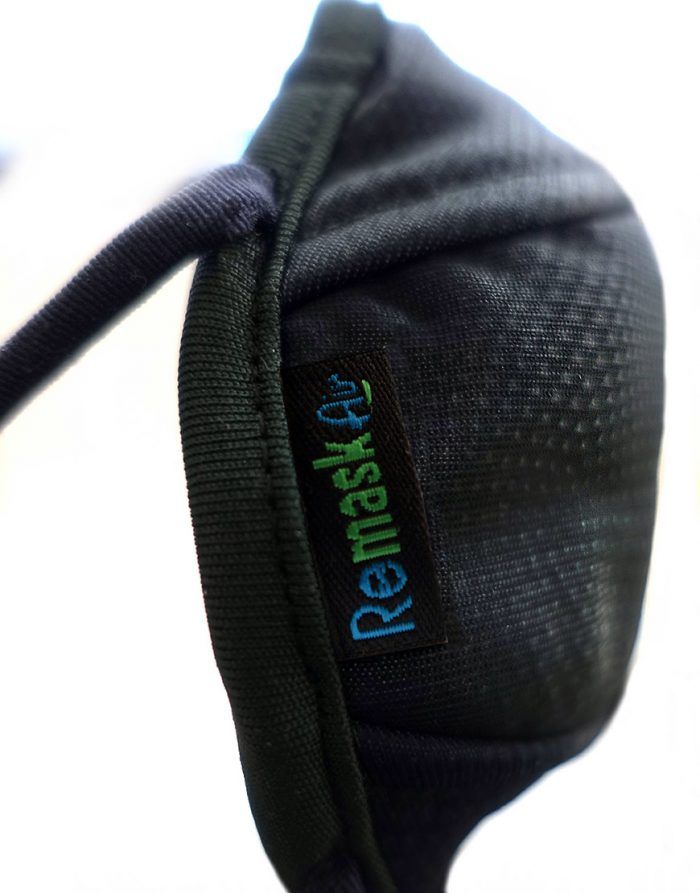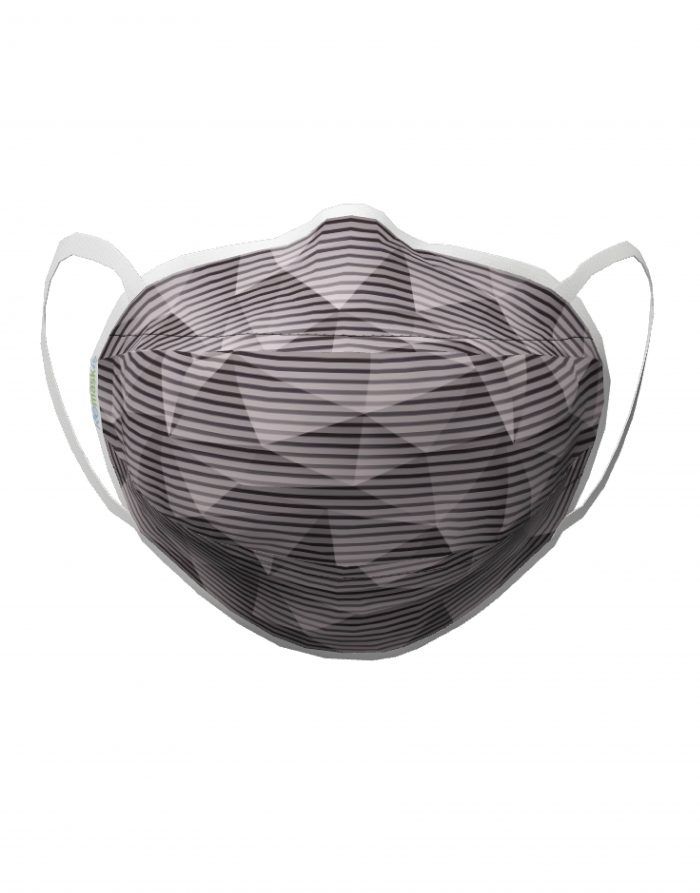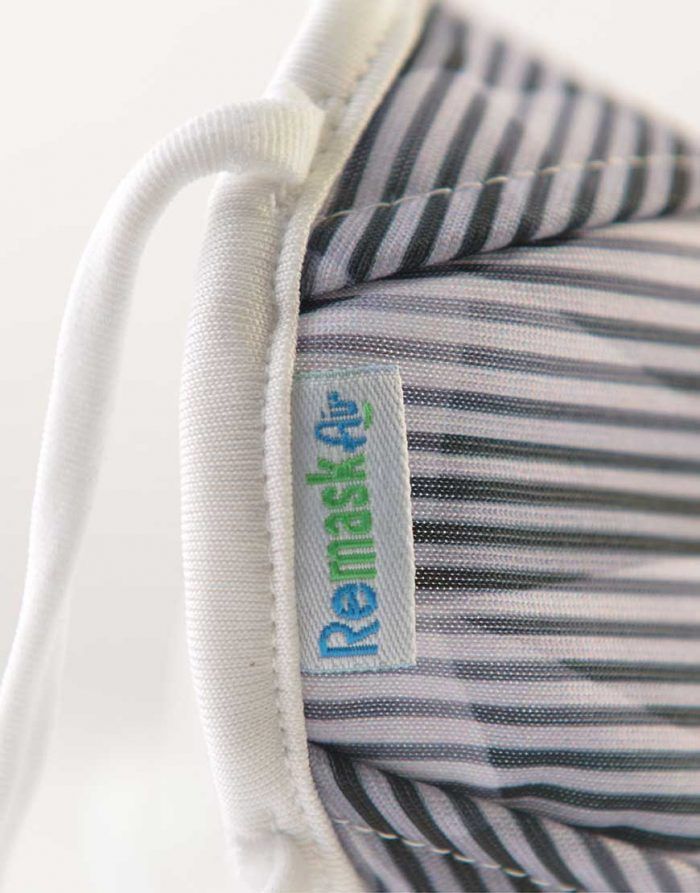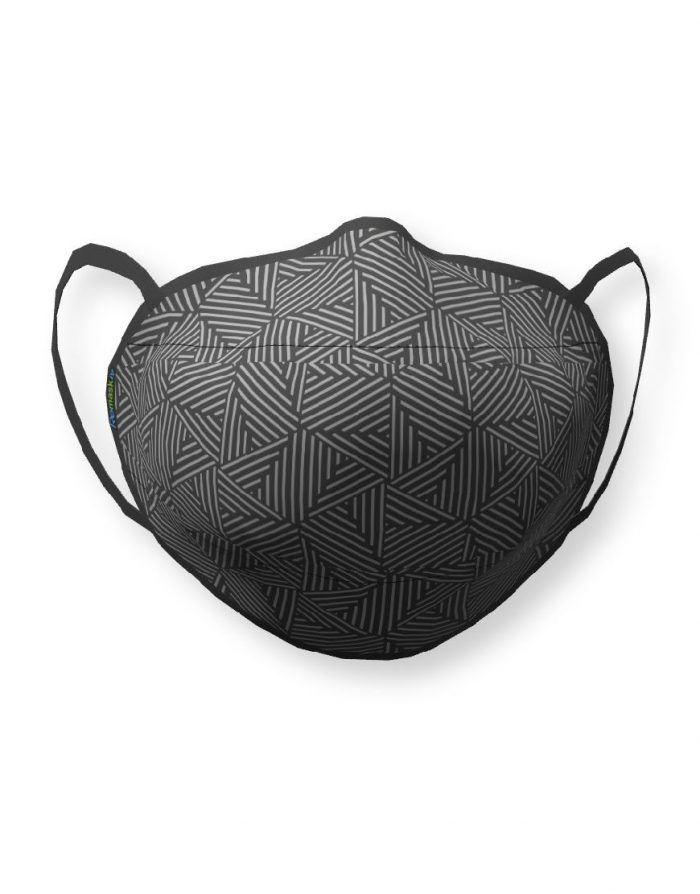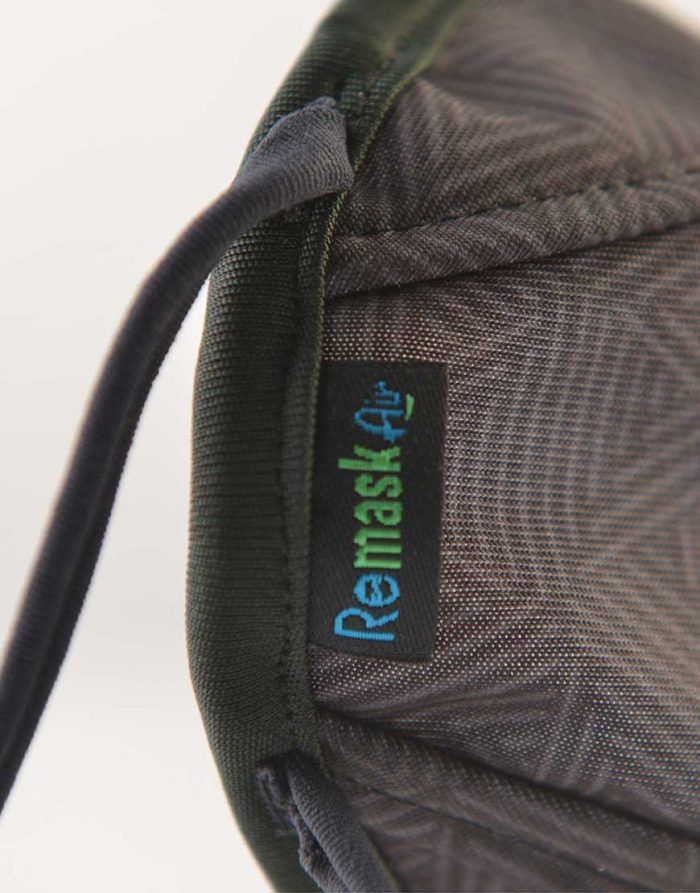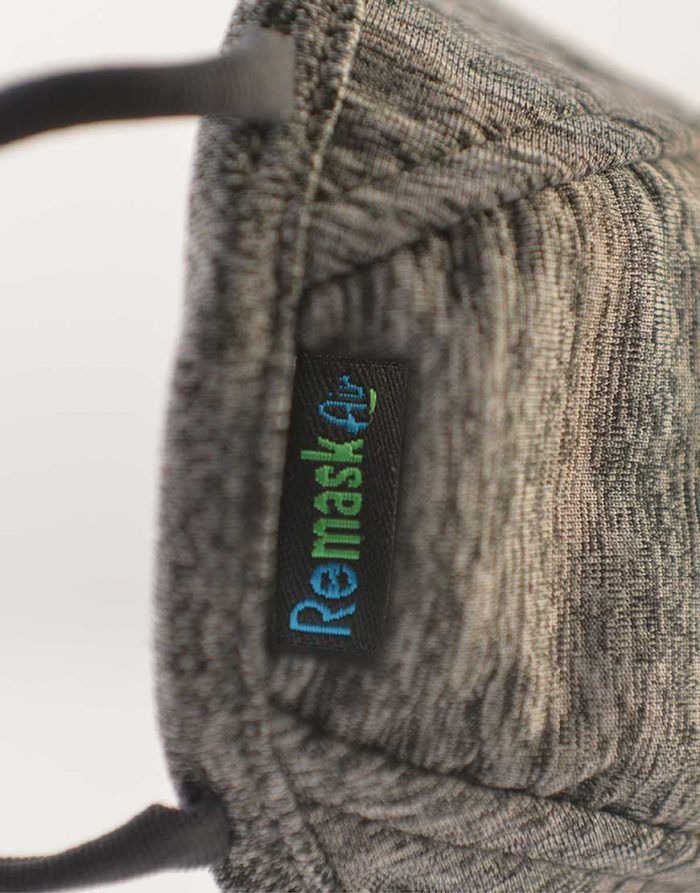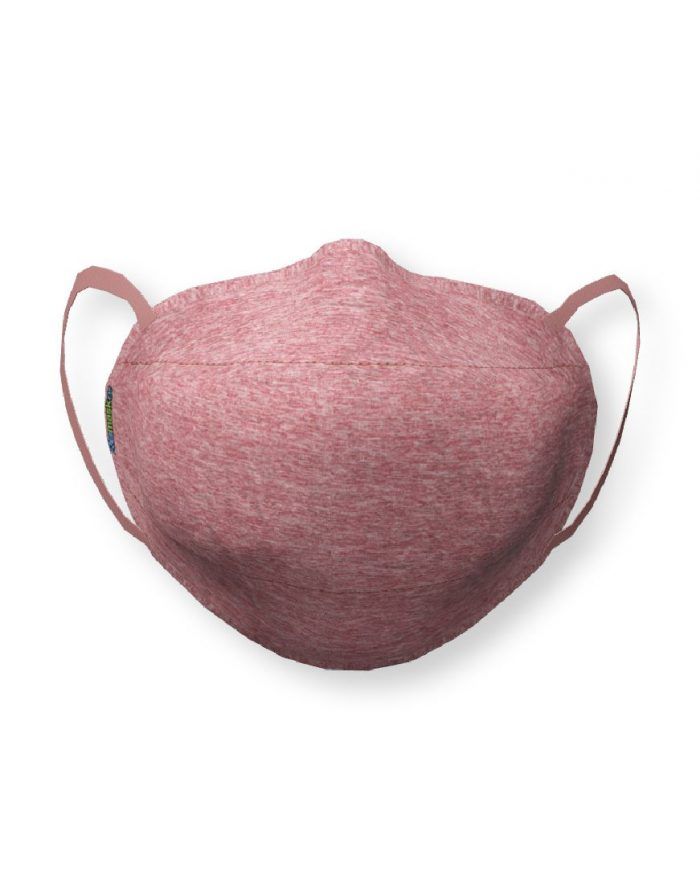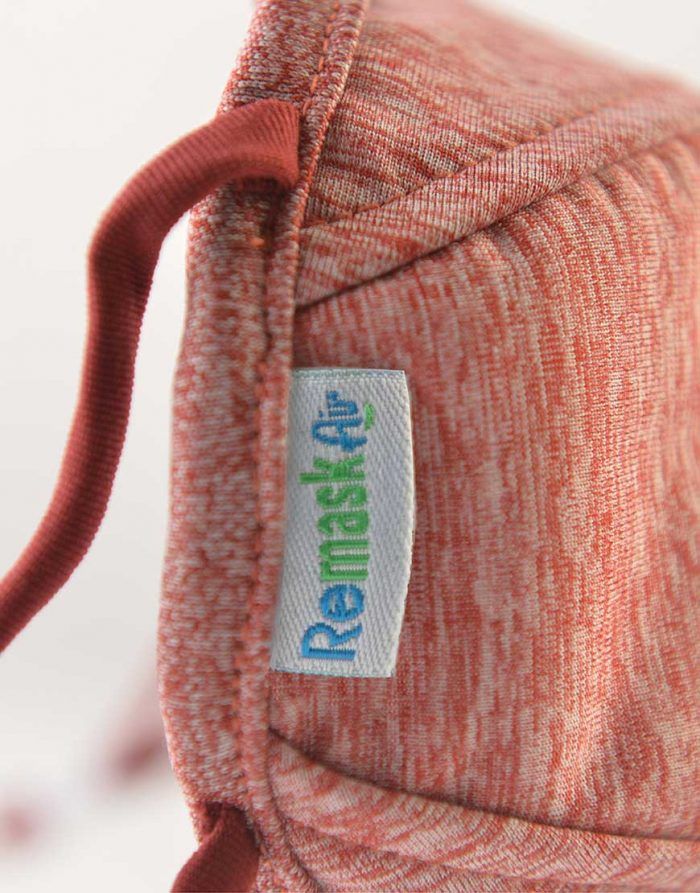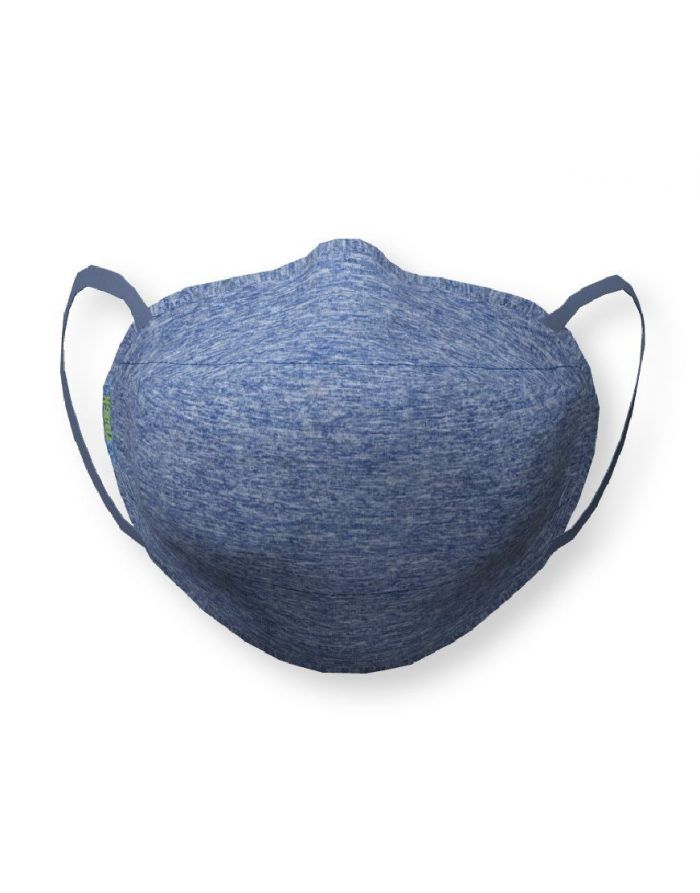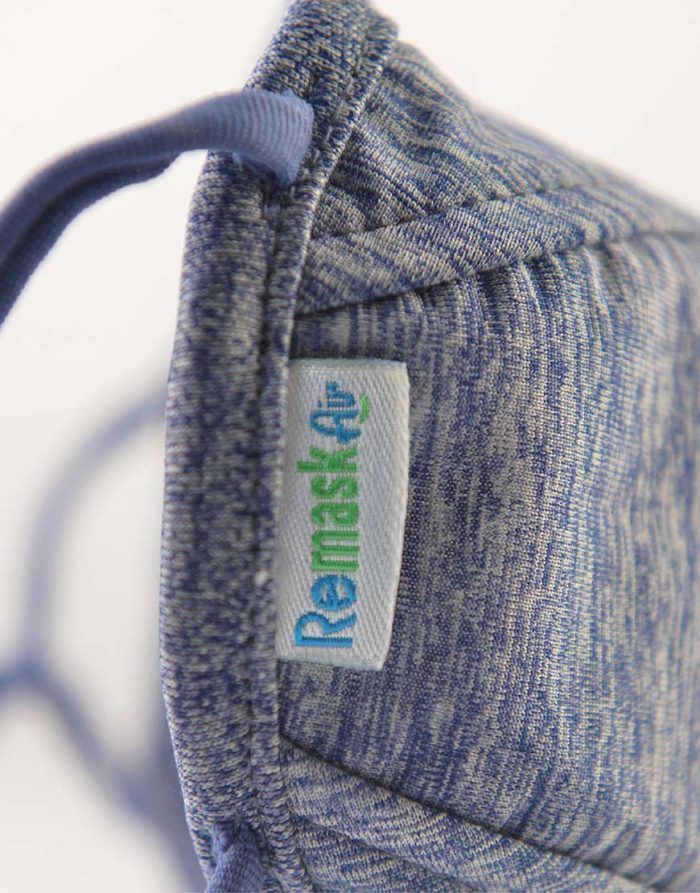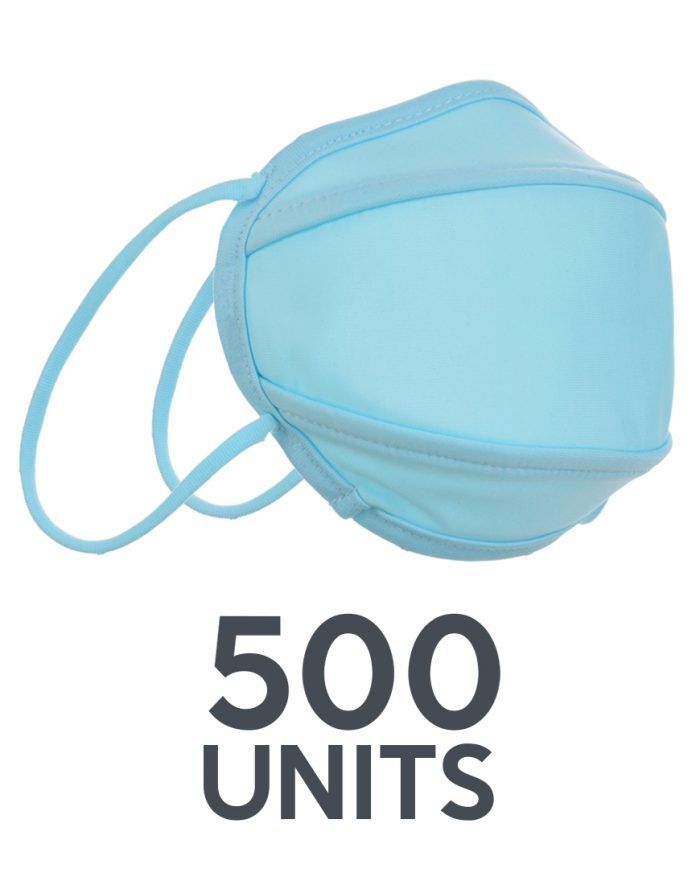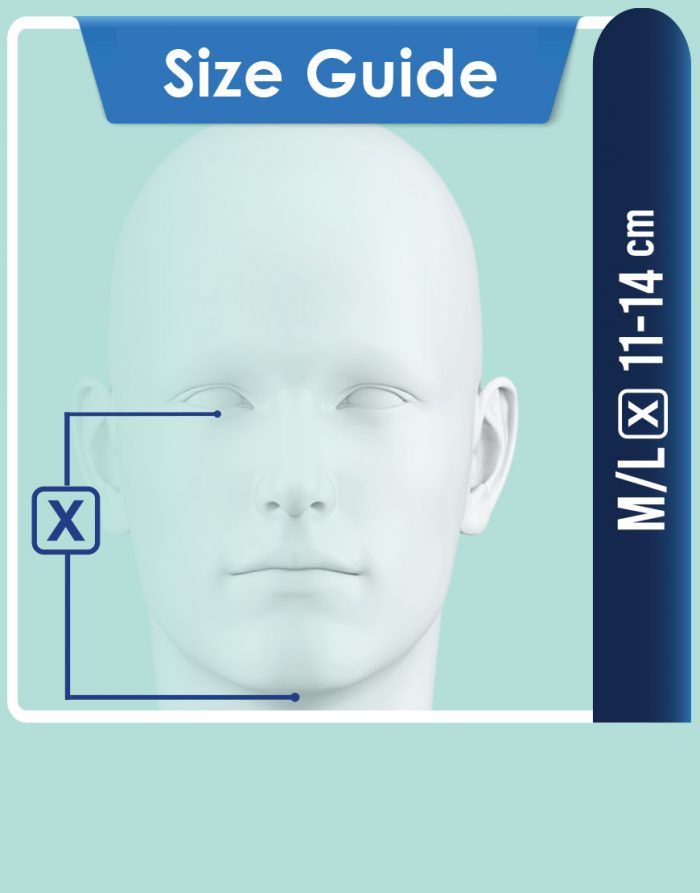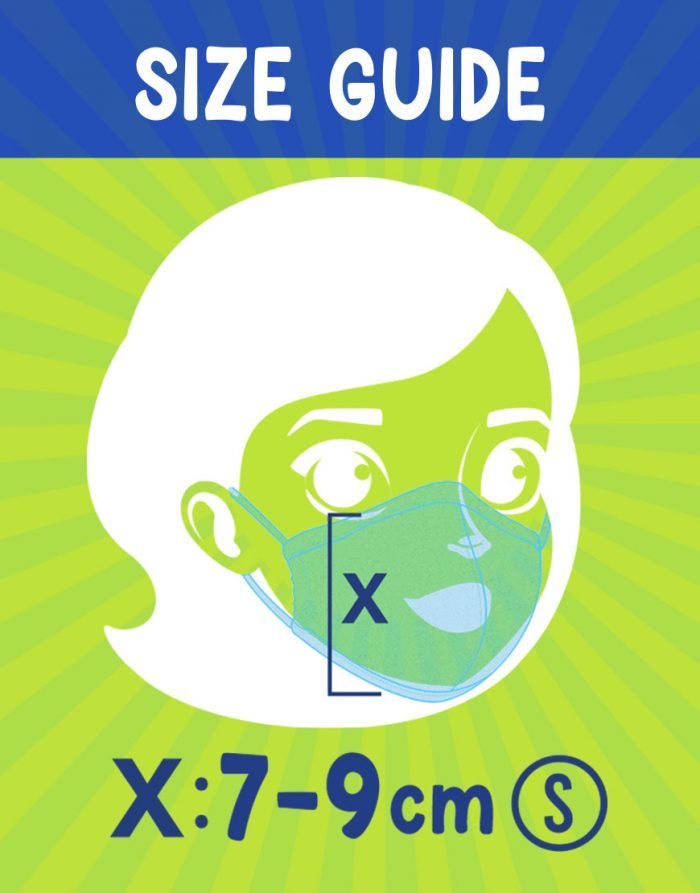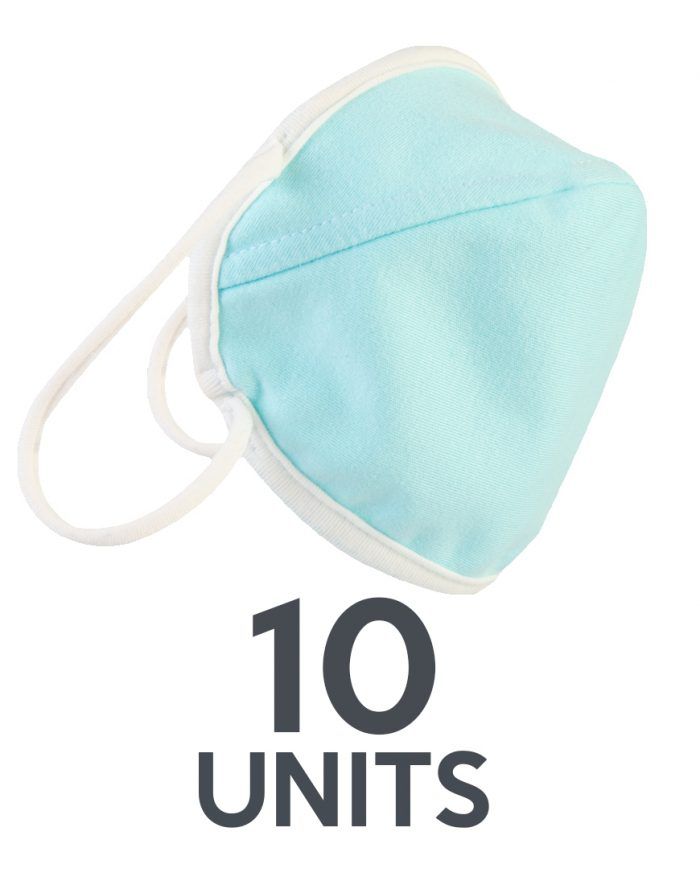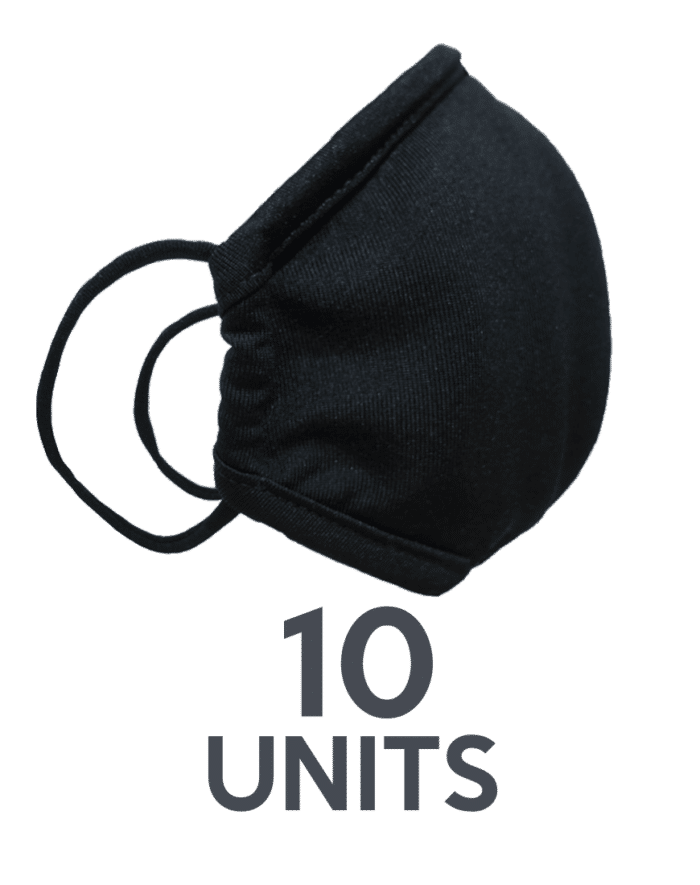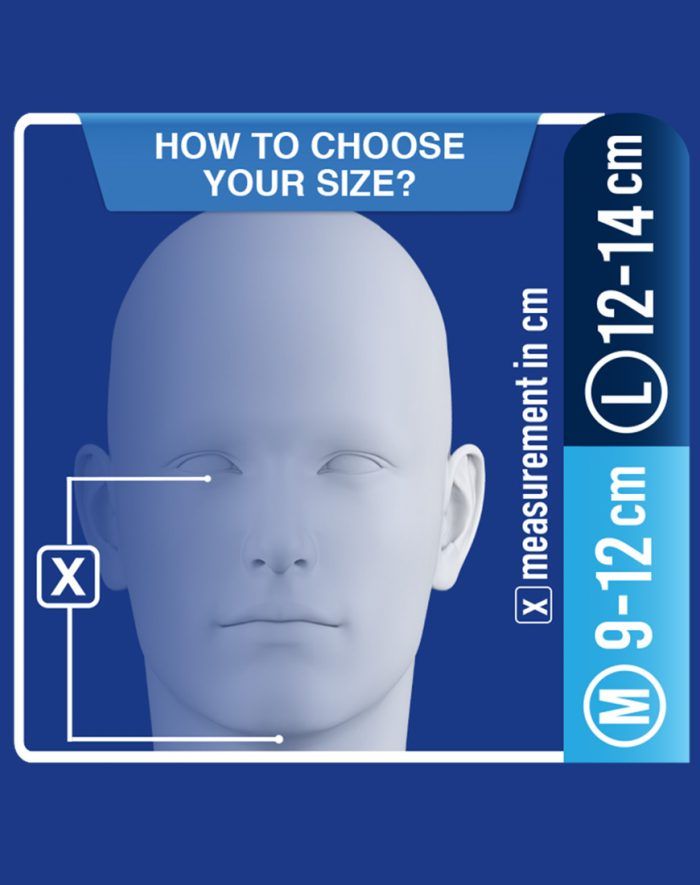Step 2/4: Choose your product, colour and size then Add to cart
FACEMASK.MU PRODUCTS
FACEMASK.MU terms and conditions

Important Notes:
- Place your order online, Complete Payment and Order will be delivered quickly at doorstep.
- We are happy to offer you a CONTACTLESS DELIVERY as per below guidelines:
- Checking Identity of Customer (If Need be)
- Driver will not request ID Card
- Driver will call on Mobile phone given by Customer and verify if same responding
- Delivering the Order
- Driver will sanitize Hands and then manipulate the packets
- 1m distance will be maintained from driver and customer
- Driver will place Parcel and clip the Delivery Note on a clean floor area in the
customers’ outdoor premises. - Driver will move backwards 1m distance
- Customer will move forward to take the parcel
- Confirming Reception
-
- Driver will take a photo of the Customer / the exact location with the pack as proof
of delivery(Pictures will be used only as signature for order reception; Pictures won’t be shared and will be destroyed after a period of 10 days)If customers do not want to take the picture:- Driver will request customer to take a pen from her home to sign off the delivery note.
- Customer moves back 1m distance.
- Driver will Collect the delivery note.
- Driver will take a photo of the Customer / the exact location with the pack as proof
-
- Leaving for Next Delivery
- Driver will sign the Delivery notes to confirm delivery done and keep all documents in a segregated box
- Driver will sanitize hands and then drive to next destination
- For any other inquiry on products and services, contact Jean Michel Ballet on contact@teamonite.com or 52533923.
- Checking Identity of Customer (If Need be)
DELIVERY SCHEDULES
Kindly note that delivery will be made (as from day of payment received) within the below time frame as per the regions listed below:
3 working days for regions including Upper and Lower Plaine-Wilhems, Moka, Port Louis and North
Once a week for regions including East; West and South (E.g. Flacq; Souillac, Bel Ombre, Roche Noires, etc)..
Rest assured that the driver will call you 30 to 45 minutes prior delivery.
Disclaimer:
Non-Contractual photos
Facemask.mu reserves the right to review the product design without notice


